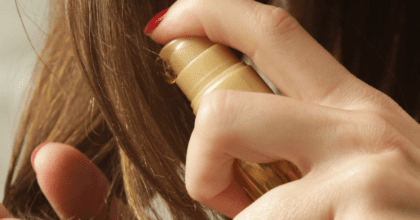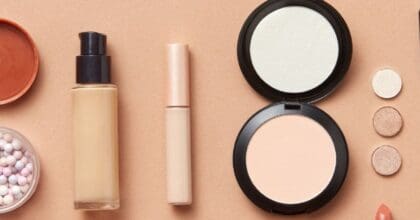The sweet smell of success for men's fragrance category in China
While the men’s global perfume and fragrances market remains strong – driven by celebrity endorsement and associations with success, until recently, perceptions have remained fixed in China associating fragrance as a female-only category. However, according to new research from Mintel on the perfume and fragrance market in China, perceptions are starting to change and the men’s fragrance market is beginning to make a splash, showing 20% growth from 2008 to 2011.
The value of the men’s fragrance market stood at RMB 689 million in 2011 – up 20% in just three years. This compares with growth in the women’s category standing at 10%, indicating that there is plenty more room for growth. Mintel’s research also shows that a growing number of males are beginning to shift towards prestige fragrance usage. Prestige sales grew in value by 19% to RMB 422 million by 2011. Indeed, while mass fragrance annual percentage growth rate stood at 6% in 2011 – for prestige it was 8%.
Lui Meng Chow, China Research Analyst at Mintel, said:
“The word perfume often has feminine overtones among male consumers, however, thanks to the popularity of Japanese and Korean TV dramas, fashions from these countries are shaping Chinese men’s perceptions of personal grooming. As a result of this trend, younger male consumers are shifting away from their conservative traditions and have been impressed with concepts which promote individual expression. This has caused manufacturers to launch male-specific brands, including toiletries, despite the fact that they were previously associated with being a woman’s product.”
“Now this trend is extending into prestige and luxury brands and products, from aftershave to eau de toilette. Most Chinese males tend to enter the beauty-care category in the middle to high-end product category, buying into those products with credible quality, thus they are willing to spend more in their first experience of grooming products.” Lui Meng Chow continues.
Overall, the fragrance market in China grew 32% in value from RMB 3.2 billion in 2008 to RMB 4.2 billion in 2011. According to Mintel’s research, the majority of urban consumers in China use fragrance to become more attractive and well-groomed (60%) or stylish (53%). And as retail channels have developed rapidly, the outlets where Chinese consumers can purchase fragrance have diversified. Today, nearly half (46%) of Chinese consumers say they purchase perfumes and fragrances from a specialist perfume shop, 37% buy at a department store and a similar number (35%) say they purchase online. Meanwhile, 31% claim to purchase fragrances from supermarkets and hypermarkets.
“As the distribution channels for beauty and luxury are growing out from tier one cities, this has created the opportunity for fragrance to grow in the future. Also, as Chinese consumers are gradually expressing their individual identity to reflect their social status, fragrance has become one of the fashion accessories used by consumers to express personality.” Lui Meng continues.
Mintel’s research also reveals that 80% of urban Chinese consumers claim to wear a fragrance that reflects their personal style, 78% claim that wearing a fragrance helps them stand out more at social or formal gatherings and 45% always look for the latest release of perfumes so as to stay ahead of the trend. However, its not all about personal image. Some 39% of fragrance users still use fragrance with the more functional purpose of eliminating body odour, and 42% of respondents own or wear fragrance because they received it as a gift.
“Fragrance is regarded as a luxury item, especially if it is internationally branded. Acquiring it means buying into an identity, and also expresses an emotional sense of belonging to a luxury or stylish group identity which serves as a status symbol. Following the implementation of the 1980s Open Door policy, western culture and style have significantly influenced consumer developmental trends in China, with foreign investment also having a major impact on the Chinese economy and income in these regions. All these have resulted in demand for and spending in luxury products including fragrances, toiletries and make-up amongst the affluent and emerging middle income Chinese.” Lui Meng concludes.
-
Mintel StoreGet smart fast with our exclusive market research reports, delivering the latest data, innovation, trends and strategic recommendations....View reports
-
Mintel LeapMintel Leap is a revolutionary new AI-powered platform that will transform your research process....Book a demo







































